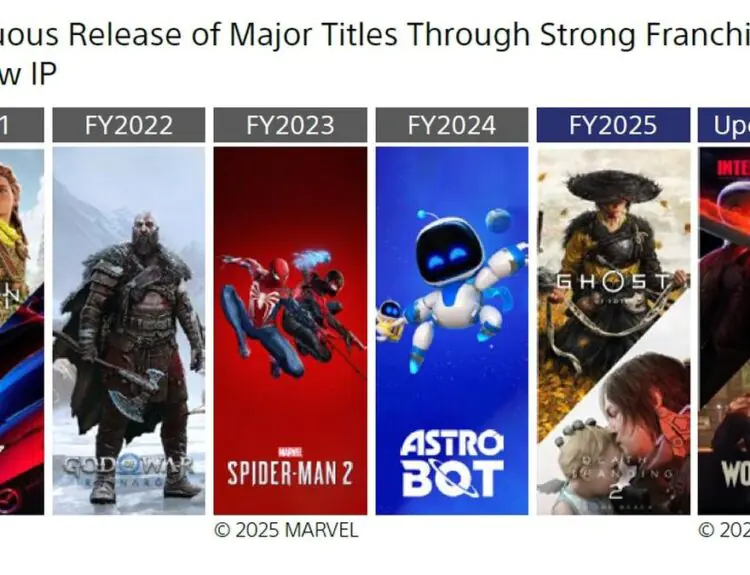Valve has consistently been a decent friend to developers in their campaign to bring titles to an accessible platform and get eyes on them.
We’ve seen them undertaking this obstacle with gusto and creativity in the past, with Steam Labs experiments showing users hidden gems that might not have been hyped to the level that many studios consistently enjoy.
Steam Labs has been a wild ride thus far: text filtering is now in the hands of users, the news hub recently was co-opted by a developer trying to sell products outside of Steam, the search functionality has been massively expanded upon, and the interactive recommender is directly responsible for more than a few titles being added to the omnipresent backlog.
These experiments have directly resulted in developers getting more exposure (which is a massive win for developers) and users finding more titles on Steam (a massive win for users).
So when Valve revealed their newest function they’re offering to developers regarding guiding access of playtesting functions and features, it was again considered to be a relatively big deal.
Steam Playtest allows developers to incrementally open and control the number of players that have access to a beta or title within Steam by a queue system; users request access via the Steam platform and are added as the developer wants to add more playtesters to the study.
We have announced another great feature for game developers: Steam Playtest. Invite players to test your game directly via Steam without having to mess with keys. Control how many you grant access to and end access whenever is right for you.https://t.co/58efP5gDwb
— Alden Kroll (@aldenkroll) November 4, 2020
The appID for the Steam platform works the same as a demo; restricted access to the title that can be set to expire, developers can revoke access early, and the entire feature is absolutely free for developers to use.
An important distinction to make is that this is for playtesting, not trialing titles: this is an important caveat as many users tend to get the two mixed, forming opinions (and content) on an unfinalized build in a bid to be first, while developers are simply testing variables or new half-fleshed mechanics.
If you’re just wanting to dip your feet into every title, there is little stopping you from seeking every Playtest and queueing everywhere, playing for a little bit before moving on once you finally receive access. This would be in stark contrast to those that have an understanding of the genre and title and are actively looking to help developers realize their titles.
This could be concerning, as there is no way to distinguish between the two by developers; developers can circumnavigate this obstacle by adding larger groups of testers to ensure that they’ll get a healthy balance of the two.
Overall, this is pretty big for the Steam platform; signing up for playtests at the moment consists of email lists, random selections, linking accounts, and it all swirls together into a bit of a headache. Bringing all of this onto one singular platform bodes extremely well for developers and players alike.







